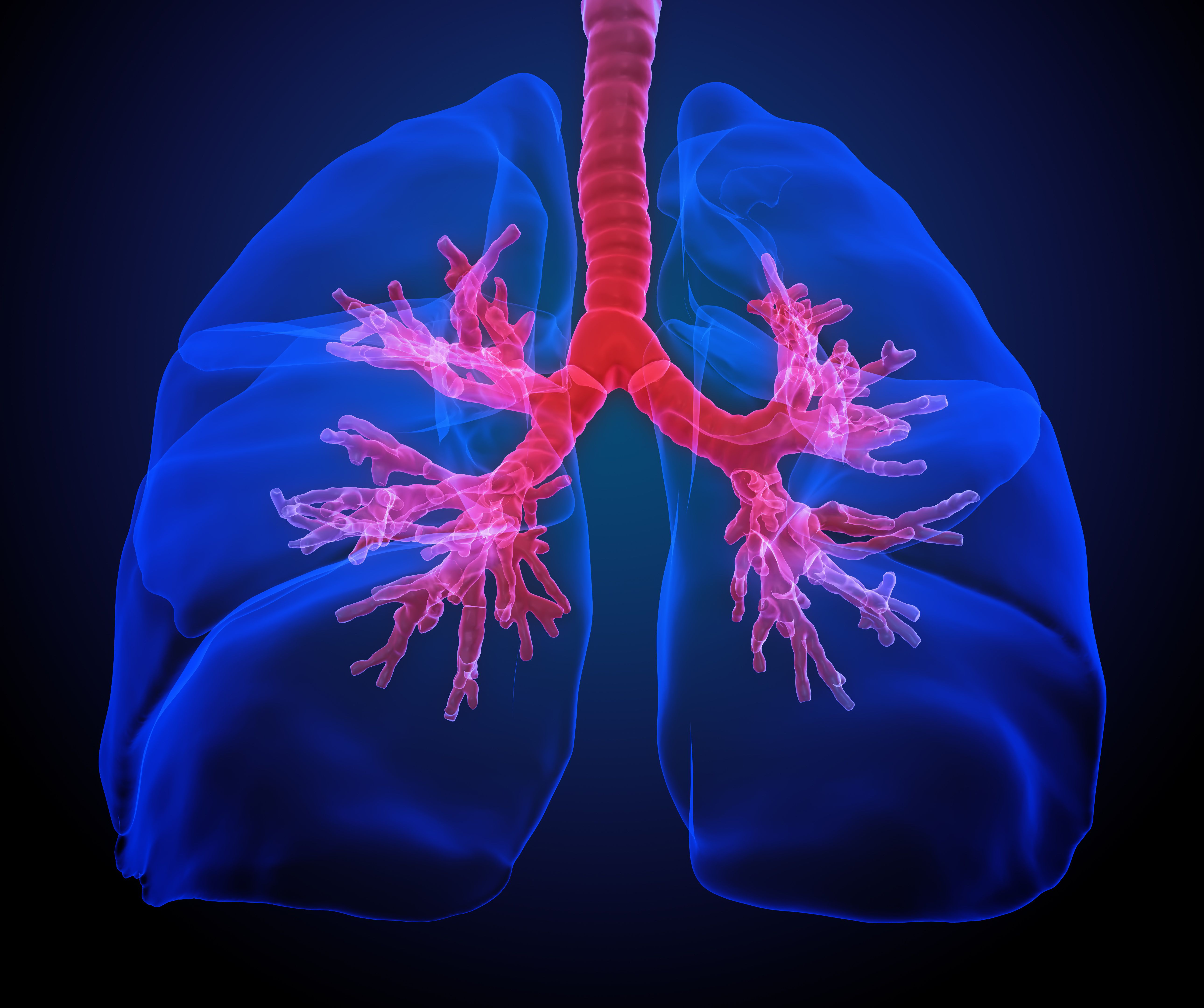Molecular Genotyping and its Association with OS in Metastatic NSCLC
In an interview with Targeted Oncology, Charu Aggarwal, MD, MPH, discussed the real-world study evaluating the link between molecular genotyping and survival among patients with non–small-cell lung cancer.
Charu Aggarwal, MD, MPH

The availability of molecular genotyping results before first-line therapy correlated with significantly better rates of overall survival (OS) in patients with metastatic non squamous (mNSq) non–small-cell lung cancer (NSCLC), according to findings from a real-world cohort study.1
A total of 326 patients newly diagnosed with mNSq NSCLC were included in the study which utilized electronic health records. Two-hundred and sixty-one patients (80%) had results that were available before first line, and 65 (20%) did not have their results available at this time. They were known as the available and unavailable testing groups.
At a median follow-up of 14.2-months, the median OS in the available testing group was 24.6 months (95% CI, 18.6-not reached) vs 6.2 months (95% CI, 2.8-10.3) in the unavailable testing group in an unadjusted analysis (P < .0001). Once they adjusted for covariates, there was an OS advantage in the available testing group (HR, 0.43; 95% CI, 0.30-0.62; P <.0001). Once the investigators adjusted for available ECOG performance statuses within 90 days of diagnosis, longer survival rates continued to be seen among patients with available testing (HR, 0.45; 95% CI, 0.31-0.66; P <.0001).
Concurrent tissue and plasma testing was linked with a higher odds of availability (2.06) of results before first-line therapy (95% CI, 1.09-3.90; P =.026).
Overall, these results highlight the need to reconsider molecular genotyping completion prior to the start of first-line therapy.
In an interview with Targeted OncologyTM, Charu Aggarwal, MD, MPH, Leslye M. Heisler, associate professor for lung cancer excellence, Perelman School of Medicine, University of Pennsylvania, discussed the real-world study evaluating the link between molecular genotyping and survival among patients with non–small-cell lung cancer.
Lungs © Mopic - stock.adobe.com

Targeted Oncology: Can you explain the growing list of FDA-approved targeted therapies for lung cancers? How have these recommendations led to comprehensive molecular genotyping?
Aggarwal: We have seen an explosion of targeted therapies that are available. We currently have 7 immediately actionable targets in the first-line setting. We now have emerging targets with data and approved agents in the second-line setting including KRAS or EGFR exon20 with upcoming data around first-line therapy for some of these agents as well.
What is the goal of this testing before beginning treatment?
We conducted a study to determine if there is an association of availability of results before first-line therapy, as well as comprehensiveness of results. It is important to test these guidelines that are recommended for incorporation in the diagnostic management of patients with metastatic lung cancer. However, no one knows if this does actually lead to an improvement in overall survival, just the act of testing itself?
We know that testing is important to personalize and select therapy. In this study, what we found was amongst patients who had results available prior to first-line therapy had significant improvements in survival compared with patients who did not have results available. This was an important finding because if we can use a test to impart a survival advantage, we should be using it.
Can you provide an overview of the study and the rationale behind it?
We enrolled patients at both academic and community sites at the University of Pennsylvania. We enrolled about 335 patients [in] this study. This was a real-world cohort study that evaluated the association. Amongst the 335 patients who had been selected, most of them had results available prior to first-line, so about 80% of those that have results available prior to first-line testing. We compared overall survival between those who did have results back compared with those who did not. We found a significantly improved outcome for those patients who did have these results back as I just discussed.
Patients who had these sorts of “available” testing groups, median overall survival was significantly improved with a P value less than .001 compared with the unavailable testing group. We looked at several different models, including variables such as age [and] performance status. There were some patients who had missing performance status information, so we did sort of this complete set analysis.
We found that, irrespective of any of the variables tested, so sort of in various different Cox proportional hazard models, our results held true. We found that patients who did not receive targeted therapy also had an improved overall survival. Finally, we found that the likelihood of receiving results back was much higher when concurrent testing was performed with an odds ratio of 2.0.
What do you think these findings mean for the future of this space?
There are a few important implications. Firstly, we have shown that testing can be directly related to overall survival. I think availability of results is important. We know there are many barriers to test results and testing. We demonstrated that in users, liquid biopsy does improve our ability to receive test results back. Our message would be to try and get test results back prior to starting first-line therapy. The second message would be to encourage use of concurrent tissue and plasma testing.
For community oncologists, what are the key takeaways of this research?
Getting results back prior to first-line treatment is the most important. Secondly, incorporating concurrent testing, both tissue and plasma, to get results back faster. We are expanding our efforts to improve molecular testing by nudging providers to order plasma-based sequencing at the time of the first visit. This is a large, multisystem effort called iNUDGE. We are also using a clinical trial testing where we are incorporating liquid biopsy at the time of initial diagnostic biopsy amongst patients with suspected lung cancer. A few of our efforts are ongoing, including some randomized clinical trial approaches incorporating telehealth for patient education.
REFERENCE
Aggarwal C, Marmarelis ME, Hwang WT, et al. Association between availability of molecular genotyping results and overall survival in patients with advanced nonsquamous non-small-cell lung cancer. JCO Precis Oncol. 2023;7:e2300191. doi:10.1200/PO.23.00191
Survivorship Care Promotes Evidence-Based Approaches for Quality of Life and Beyond
March 21st 2025Frank J. Penedo, PhD, explains the challenges of survivorship care for patients with cancer and how he implements programs to support patients’ emotional, physical, and practical needs.
Read More